In the last year, Volkswagen Group of America’s finished vehicle logistics teams have united their US, Mexico and Canada divisions, under the umbrella of Anu Goel’s leadership and ’Virtual Task Force’. Now, Goel and the team are seeing results, not only in efficiency and capacity, but in millions of dollars’ worth of working capital and transport savings.
Volkswagen Group has been working on new ways to deepen existing synergies between brands and regions in recent years. In the company’s birthplace, the German logistics team have long worked in close collaboration with plants, brand logistics, manufacturing and procurement teams to improve ETAs and enable decision-making across the wider group.
A borderless group strategy
Under head of Group Logistics Simon Motter, a steering committee has been focused on finding “one source of truth” in digitalisation to improve visibility across the entire network. In North America, Motter and Group Logistics are investing in opportunities like cross-border flows, crossdocking and container management across brands.

Now, Anu Goel, executive vice-president, Group After Sales & Service, Volkswagen Group has brought together North America’s US, Canada and Mexico vehicle logistics divisions under a Virtual Task Force to explore more opportunities that are beneficial for the region as a whole.
“We need to think and act as one region, one team,” Goel told delegates at the recent Finished Vehicle Logistics North America 2024 conference in California.
After looking at the rail and vessel movements of the North American regional FVL teams, including Volkswagen Group of America, Volkswagen Group of Canada, and Volkswagen de Mexico. Goel questioned the need for three separate divisions when the movements are all connected. The company created the Virtual Task Force in June last year at a time when the industry was struggling with transport capacity shortages and backlogs in Mexico, with three divisional leads on the ground meeting every day to coordinate moving vehicles to make better regional decisions. Now, the group has a formal organisational structure for the combined US, Canada and Mexico networks that reports into Goel. Volkswagen Group is also developing a control tower that manages capacity with visibility between 1-5 years out. “We worked on transparency and a single source of truth,” Goel said.
As a result, the task force spotted solutions to capacity problems and strengthened partnerships.
Solving port problems and rail relationships in Mexico
“Since day one, we had purchase orders with the two rail carriers in Mexico [Ferromex and CPKC]. It worked for 60 plus years, from the time the [Puebla] plant had opened originally, but it did not work in June of last year,” Goel said. “It was a shake hands relationship that fell apart with both of them.”
“The team accomplished things I didn’t even think were possible,” - Anu Goel, Volkswagen Group
The task force worked to sign a long-term contract with one of the two rail carriers, and then worked with VW’s purchasing department to gain extra trucking capacity in Mexico too. The team then opened a third Mexican seaport in Tuxpan, just north of Veracruz, which allowed VW to have a dedicated vessel running between Tuxpan and Houston, Texas, and now also the port of Freeport, Texas, where Volkswagen has opened a new terminal consolidating several facilities. Goel said this alleviated some congestion in the port of Veracruz, where VW also increased yard capacity and added some additional vessels.
Goel and the team began using container transport, which cost them “three to five times” more, and shipped vehicles to the US and Canada to create space on the ground in Mexico, sending the containers by rail to Canada, and then by vessel to the east coast of the US, to the Jacksonville and Davisville ports.

This was more expensive in the short term, particularly as damages caused expenses to rise further. The team switched to larger containers which held four to five vehicles each, which brought the cost down slightly, although it was still roughly three times as expensive, Goel said. But all wasn’t lost, as the experiment still freed up much needed capacity, and brought lessons for elsewhere in the group. “One of my big learnings from that was it’s cheaper to send a car to Australia in a container than it is on a roro vessel,” Goel said.
Converting task force changes to cash and capacity
Another change implemented by Goel and the team was to bring in a consultant to help communications between teams and enable the benchmarking of some data, including calculations of how long it takes on average for a car to be cleared at checkpoint eight, the end of the assembly line, to dealer delivery. They found that in Mexico, this takes around 30 days from end of the line in the Puebla facility to delivery to dealer.
They also figured out that every day that can be taken out of this timeline – through communicating with logistics partners efficiently to manage capacity - ”frees up roughly $10-14m in working capital”.
As a result of all the changes implemented by the taskforce, within 30-45 days of putting the task force together, VW increased its shipping capacity out of Mexico by about 60%, said Goel. “The team accomplished things I didn’t even think were possible,” he added.
Read more: Anu Goel on democratising data
The strategies were then applied to Volkswagen’s Chattanooga Assembly Plant in Tennessee and gained a 100% increase in shipping capacity from Chattanooga.
“Then what happened to the working capital in the backlog? We brought it down by 92%,” he said. “We brought a billion dollars out of working capital.”
Of course, Goel was quick to note that logistics is not a sector that stays stable for long, and by January this year, more disruptions hit, including the collapse of the Francis Scott Key Bridge in Baltimore, software holds and stop ship orders. But Goel and his team are continuing with the strategy and working every day to continue improving efficiency.
“Everything got out of kilter, but that’s what we do,” he said. “Disruption is our way of life, and we get paid to solve the problem.”
Finished Vehicle Logistics North America 2024 took place 21-23 May in Waterfront Beach Restort, Huntington Beach, California.
At the event, experts addressed the key issues and opportunities in the FVL sector including combating the capacity crunch across rail, road and sea, harnessing data and analytics to make real-time improvements to network planning and operations, turning EV planning into reality, balancing investment and partnerships for decarbonisation strategies and re-imagining partnerships across the vehicle logistics supply chain.
Topics
- Canada
- Cross-Border Logistics
- Digitalisation
- Editor's pick
- Emergency logistics
- features
- Features
- Finished Vehicle Logistics
- FVLNA 24
- Inventory management
- Mexico
- Nearshoring
- North America
- OEMs
- Ports and processors
- Purchasing
- Rail
- Road
- Shipping
- Supply Chain Planning
- Top stories
- Track-and-trace
- United States Of America
- Volkswagen




























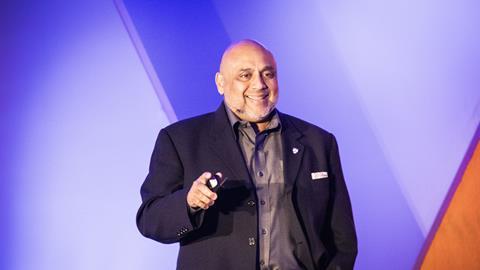
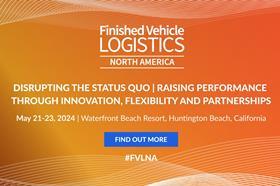
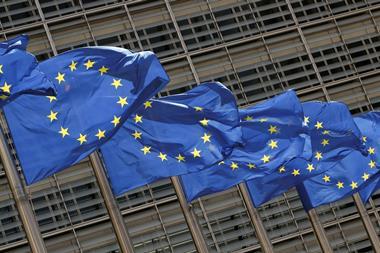

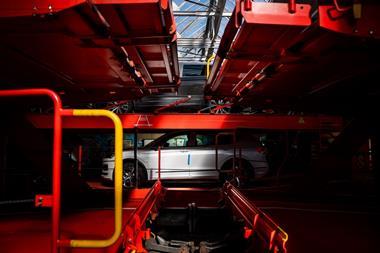

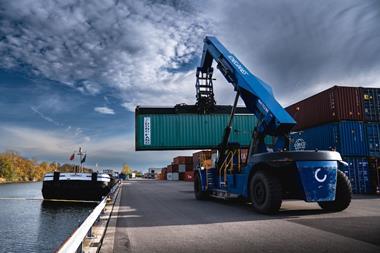




No comments yet